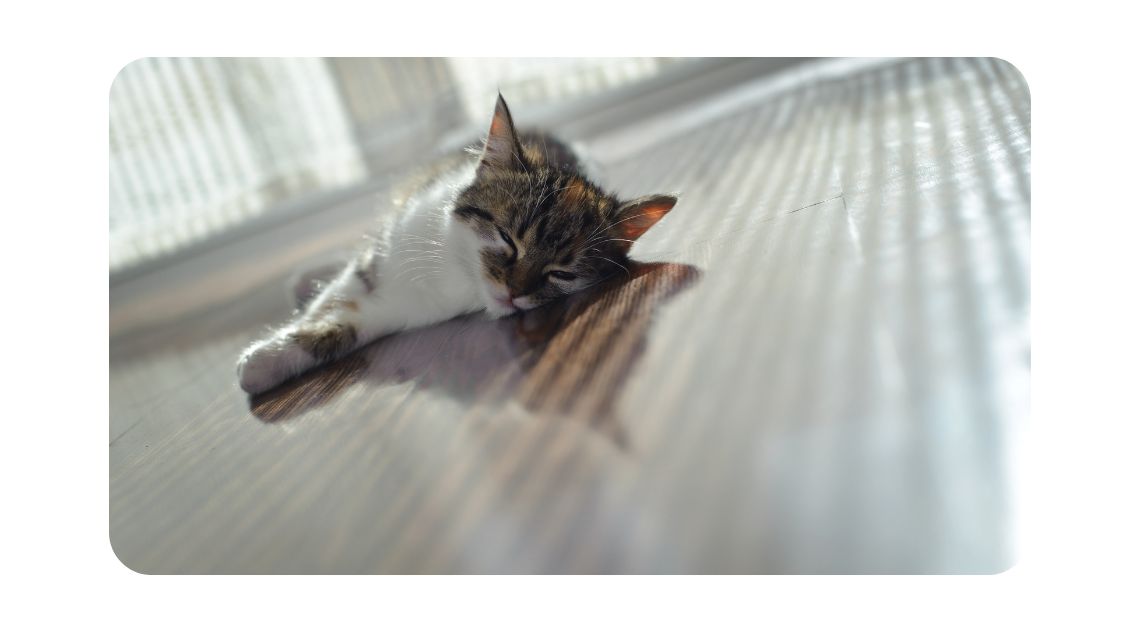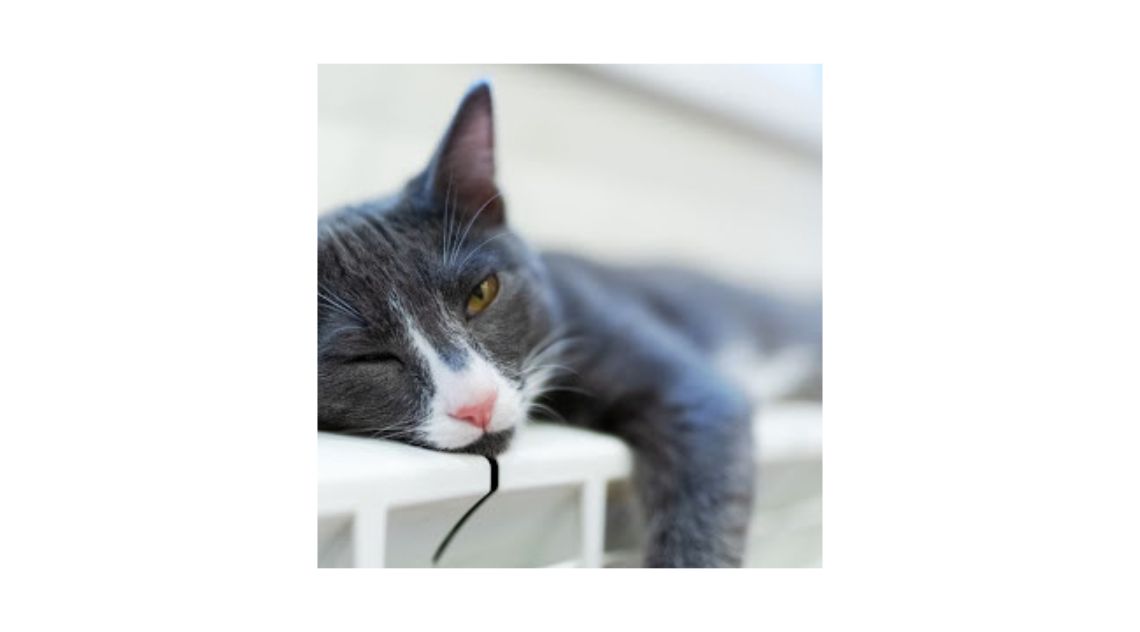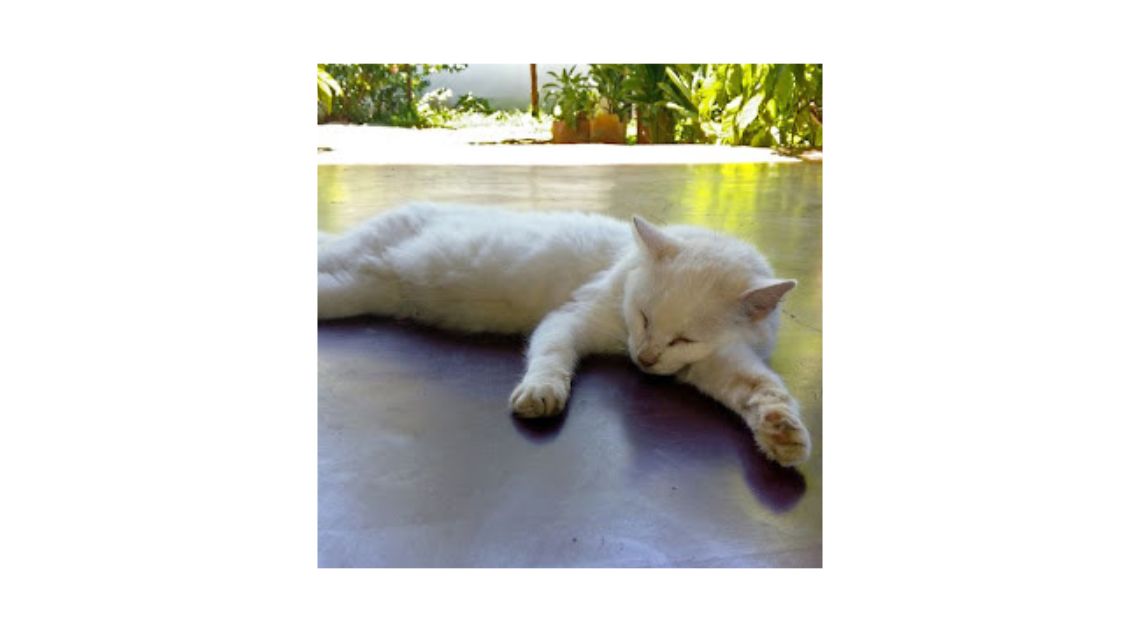When your female cat is on heat, she may be more vocal than usual and spray urine around your home to mark her territory. While your cat's behaviour is perfectly normal for felines on heat, it can be frustrating for pet parents. Luckily, you can do a few things to help calm your kitty during her heat cycles.

When your female cat is on heat, it seeks a male cat to mate with. If you keep your cat indoors, away from other cats, she may become vocal and desperate to get outside.
But what do you do when presented with a cat on heat?
Well, there are a few things you, as a pet owner, can do, which we will explain shortly, but first, we wanted to explain a cat's heat cycle that occurs in an unspayed cat.
Female cats typically have four heat cycles per year, with each cycle lasting 2-3 weeks. These cycles are broken down into five phases: the proestrus, oestrus, interestrus, anestrus, and luteal.
The first stage of a cat's heat cycle is proestrus which typically only lasts for a day. During this time period, a female cat will often be more affectionate, and she may also experience vaginal discharge.
The second phase is oestrus, when the female will be receptive to mating with male cats. This phase can last anywhere from two days up to nineteen days.
The third phase in a cat's cycle is interestrus, the period of time between oestrus and anestrus when females don't want to mate with males but are still aroused by them.
The fourth phase in a cat's heat cycle is anestrus (a time when they have no interest in mating).
The luteal phases occur after the estrous part of the cycle has finished, and there has been no successful mating.

If your female cat is on heat, she may become vocal. This means that she'll likely yowl or meow more often and for longer periods of time than normal.
Female cats in heat may also spray urine around the home.
One of the most common signs and symptoms of a cat on heat is attention-seeking behaviour. This can be anything from following you wherever you go to rubbing up against furniture or objects.
Some females will actually roll on the ground and purr loudly when they are on heat, but this behaviour has also been seen in spayed females when they get overexcited.
Your cat will also display certain behaviours to attract male cats, such as raising her hind end into the air or rubbing against furniture.
A female cat is on heat for about three weeks and will go through many cycles in her lifetime. However, it is only during the second phase of the cycle, the oestrus, that a female cat will be receptive to mating.

The first thing you can do to calm a cat on heat is to keep her away from male cats. One way to do this is by confining your female cat in an area with no access to male cats outside. Your female cat will still vocalise, which can be frustrating for pet parents, but it's an important part of the process.
Try playing with her. For some cats, playtime can also help calm them down. Don't forget interactive toys. Interactive toys keep your pet occupied and have been shown to reduce feline stress levels.
A pheromone diffuser is a great tool to keep your cat calm in heat. There are many products on the market that can help to soothe your cat and make them feel more comfortable. A pheromone diffuser is one option that you may want to consider.
If your cat is on heat and wants to get out of the house, try spraying some catnip around your home. Cats on heat are drawn to catnip, which may calm them down. If you're not sure how much catnip to use, start by spraying a little bit around your home and see if it helps. If it doesn't seem like enough, then increase the amount gradually.
One of the easiest things you can do to help your cat's behaviour during her heat cycle is to keep her litter box as clean as possible. You should scoop out the clumps every day and replace the litter once a week.
One common way to help calm your cat in heat is to put a heating pad under a favourite blanket or comforter. The heat will soothe her and will often help ease any discomfort.
Spaying your cat is a great way to avoid these issues and also cut down on kittens. Additionally, spaying will help reduce the risk of cancer and uterine infections.
There are many ways you can help your cat whilst she is in heat, and the top three home remedies are pheromone diffusers, catnip and L-theanine.
The only way to prevent a cat from getting pregnant is to keep them inside when on heat or to spay them. Pregnancy can be dangerous to your cat's life, and if you want your cat to live a long and healthy life, it's important that you get her spayed so that she doesn't experience an unwanted pregnancy.
Female cats are typically on heat every two to three weeks, although this can vary depending on the individual cat. Some cats may be on heat more often, while others may only go onheat a few times per year.
The average heat cycle lasts around 18 days, although it can vary from cat to cat. Some cats may only be on heat for a few days, while others may be on heat for several weeks.
How do I know if my cat is on heat?
If you suspect that your cat may be on heat, look for signs like increased vocalisation and behavioural changes, such as increased attention-seeking behaviour. Your cat may also try to escape or have a swollen and pink vulva. You may also notice vaginal discharge or a strong odour. If you notice any of these signs, be sure to contact your veterinarian for advice.